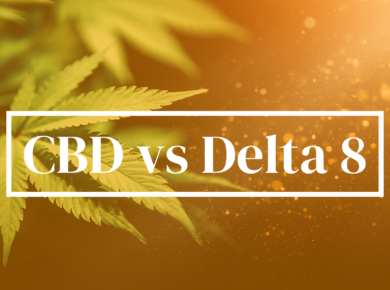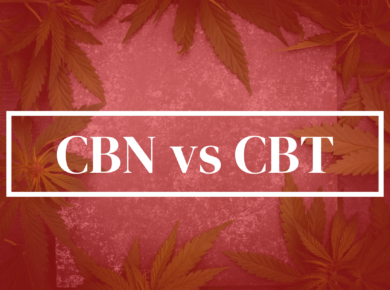CBDa (Cannabidiolic Acid) and CBDV (Cannabidivarin) emerge as noteworthy compounds amidst the expansive world of cannabinoids. Unraveling their respective characteristics, CBDa is prominently found in its raw form in hemp and cannabis, transforming into CBD through decarboxylation. Meanwhile, CBDV, though structurally akin to CBD, showcases a unique atomic arrangement, and is identified in select cannabis strains without serving as a precursor to other cannabinoids.
While both CBDa and CBDV are non-intoxicating, their unique chemical structures impart individual properties. It is paramount to note that, despite ongoing research into their potential applications, no definitive claims regarding their benefits can be asserted presently.
Many States allow hemp derived cannabinoids under the 2018 Farm Bill as long as they contain less than .3% D9 THC. Some States have explicitly banned cannabinoids like Delta 8, so check your local rules and regulations before purchasing.
Here’s the rules for Kush.com and more details
Understanding CBDa and CBDV
CBDa, the acidic precursor to CBD, is found in raw hemp and cannabis, converting to CBD via heating or aging. Contrarily, CBDV, found in certain cannabis strains, stands out with a slightly altered chemical composition despite its structural similarity to CBD.
Extraction Methods: CBDa & CBDV
CBDa and CBDV are often extracted from hemp utilizing similar techniques, with CO2 extraction being predominant. This method employs pressurized carbon dioxide to extract desired cannabinoids, ensuring safety, efficiency, and cannabinoid integrity.
Potential Uses in the Wellness Sphere
Without asserting medical claims, it’s suggested that CBDa and CBDV could have potential wellness applications. CBDa frequently appears in raw hemp products like juices and salads, while CBDV undergoes scrutiny for potential interactions with various biological systems.
Side Effects and User Experience
Individual reactions to CBDa and CBDV can diverge. Potential mild side effects like drowsiness or appetite changes might occur. Initiating with a minimal amount and gradually augmenting is recommended to find your optimal level.
Combining CBDa and CBDV: A Viable Option?
Utilizing CBDa and CBDV conjointly is feasible. Numerous products offer a full spectrum of cannabinoids, including both, based on the “entourage effect” theory, which posits that cannabinoids may exhibit enhanced efficacy when used collectively. However, responsible use and adherence to local laws and regulations remain crucial.
Frequently Asked Questions (FAQs)
What Exactly Are CBDa and CBDV?
These are non-intoxicating cannabinoids found in various cannabis strains, each with their unique properties and applications.
How Are CBDa and CBDV Extracted?
CO2 extraction is commonly used, leveraging pressurized carbon dioxide to preserve and extract the cannabinoids.
What Are Their Potential Uses?
CBDa is often found in raw hemp products, while CBDV is being researched for its interactions with different body systems.
Are There Side Effects?
Some might experience mild side effects like drowsiness or appetite changes, though individual experiences may vary.
Can They Be Used Together?
Yes, utilizing a full spectrum of cannabinoids is often based on the “entourage effect,” suggesting enhanced efficacy when used collectively.
Medical Disclaimer
This information is provided exclusively for educational purposes and is not a substitute for professional medical advice. Always consult your healthcare provider before utilizing any CBDa or CBDV products.
Where to Find Products
CBDa and CBDV products can be found both online and in select physical stores, ensuring you understand your local laws prior to purchase.
Shop
Similar Product Searches You Might Be Interested In:





